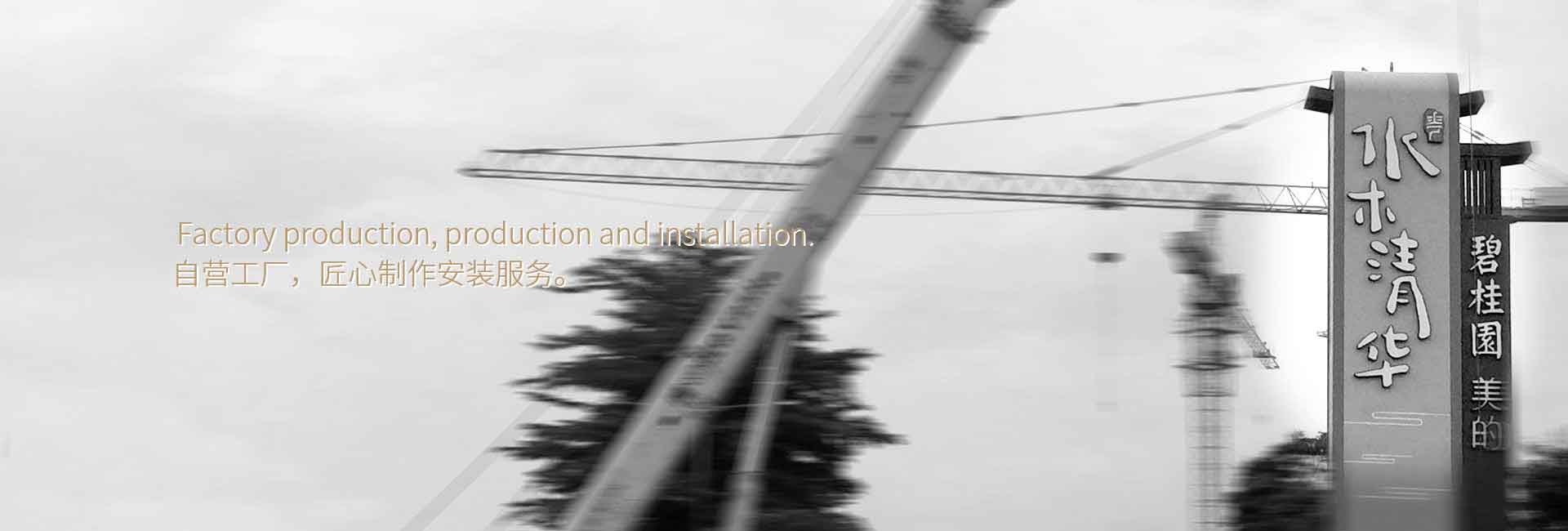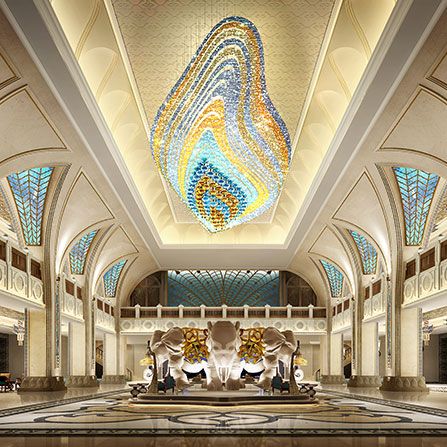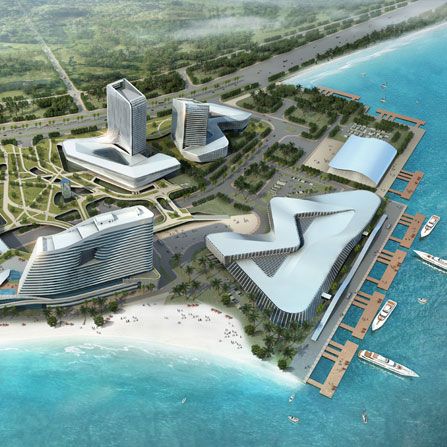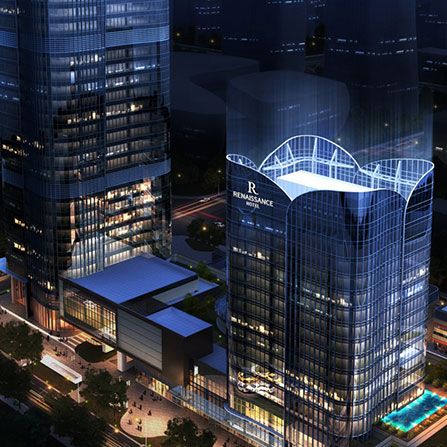Designing Effective Wayfinding Systems: A Comprehensive Approach
Unlocking the Secrets of Effective Wayfinding: A Comprehensive Guide to Signage System Design
Ever walked into a mall or a museum and felt like you were in a labyrinth? That's where a well-thought-out signage system comes into play. But what exactly is a signage system, and how do you design one that's not just functional but also stylish? Let's dive into the world of wayfinding and uncover the secrets to creating a signage system that's as user-friendly as it is eye-catching.
What is a Signage System?
First things first, let's define what a signage system is. It's a collection of signs, symbols, and graphics designed to guide people through a space. Whether it's a hospital, an office building, or a shopping center, a good signage system ensures that people can navigate the area with ease, without getting lost or feeling confused.
Why is Signage System Design Important?
Now, you might be wondering, "Why does it matter if my signs are well-designed?" Well, here's the deal: a well-designed signage system can make a huge difference. It can improve the user experience, enhance brand identity, and even boost safety. Let's break it down:
Improved User Experience: A clear and intuitive signage system makes it easier for people to find what they're looking for, reducing frustration and stress.
Enhanced Brand Identity: Consistent and high-quality signage reflects positively on your brand, making a lasting impression on visitors.
Boosted Safety: Proper signage can help prevent accidents and ensure that people know where to go in case of emergencies.
Key Elements of a Signage System Design
So, how do you design a signage system that ticks all the boxes? Here are the key elements to consider:
1. Research and Planning
Before you start designing, it's crucial to do your homework. Understand the space, the target audience, and the goals of the signage system. Ask yourself:
Who will be using the space?
What are the main areas or destinations within the space?
What are the safety and regulatory requirements?
2. Consistency
Consistency is key in signage design. Use the same font, color scheme, and style throughout the system to create a cohesive look. It's like wearing the same outfit to a party – you look put together and professional.
3. Clarity
Make sure your signs are easy to read and understand. Use clear, concise language and avoid jargon. Remember, you want to guide people, not confuse them.
4. Visibility
Your signs need to be visible from a distance. Use high-contrast colors and large, legible fonts. Think of it like a neon sign – you want it to stand out and catch the eye.
5. Accessibility
Consider the needs of all users, including those with disabilities. Use tactile elements, Braille, and high-contrast colors to make your signage accessible to everyone.
6. Aesthetics
While functionality is important, don't forget about aesthetics. Your signage should complement the overall design of the space and reflect the brand's identity.
Designing a Signage System: A Step-by-Step Guide
Now that you know the key elements, let's go through the process of designing a signage system:

圖片由人和時代CRT標識設計集團提供
Conduct a Site Survey: Walk through the space and identify key areas, destinations, and potential signage locations.
Develop a Signage Plan: Create a layout of the signage system, including the types of signs, their locations, and the messaging.
Choose the Right Materials: Select materials that are durable, weather-resistant, and easy to maintain.
Design the Signs: Create the actual signs, ensuring they meet all the key elements we discussed earlier.
Install the Signs: Place the signs in their designated locations, making sure they are level and visible.
Maintain the System: Regularly inspect and maintain the signage system to ensure it remains effective and attractive.
Common Mistakes to Avoid
When designing a signage system, there are a few common pitfalls to avoid:
Overcomplicating the Design: Keep it simple and intuitive.
Using Too Many Fonts or Colors: Stick to a consistent style.
Ignoring Accessibility: Make sure your signs are accessible to everyone.
Not Conducting a Site Survey: Understand the space and its needs before designing.
Conclusion
Designing a signage system might seem like a daunting task, but with a bit of planning and attention to detail, you can create a system that's both functional and stylish. Remember, the goal is to guide people through the space with ease, so make sure your signs are clear, consistent, and accessible. With the right approach, your signage system will be a valuable asset to any space.
So, are you ready to take your signage system to the next level? Start by researching, planning, and designing with the key elements in mind. And remember, a well-designed signage system is like a good map – it helps you find your way, every time.

人和時代設計
品牌設計、VI設計、標識設計公司
標識導視資料百科
Signage Information Encyclopedia
Designing Effective Wayfinding Systems: A Comprehensive Approach2025/05/12
視覺傳達設計導論 核心概念與基礎技能概覽2025/05/12
導視徽標設計 引領空間與信息的視覺導航藝術2025/05/12
導視牌設計模板 打造高效導航的藝術指南2025/05/12
童趣導視 打造兒童空間導航新體驗2025/05/12
景區導視設計需求解析 打造導覽新體驗2025/05/12
視覺傳達設計導論課 初探設計之美與感悟之旅2025/05/12
導視系統設計標準費用解析 價格范圍全揭秘2025/05/12
深圳導視設計 引領城市導航美學新潮流2025/05/12



















